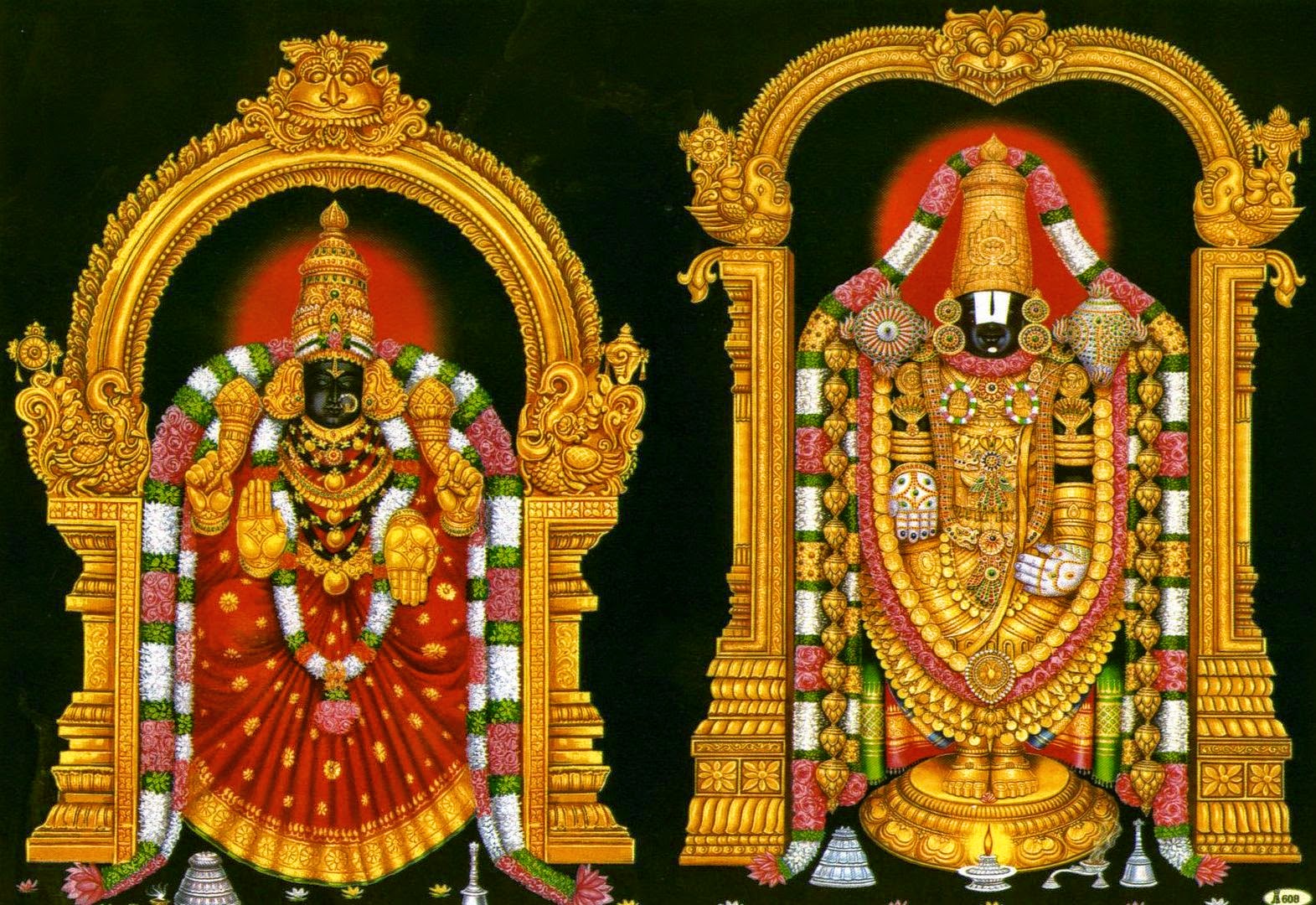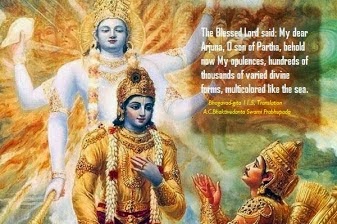The Tree of Life 2-3. Swami Krishnananda.
========================================================================
========================================================================
Sunday, October 30, 2022. 06:00.
Discourse 2: The Search For Wholeness-3.
=========================================================================
Chapter 15 – Purushothama yogam :
The Yogam of the Supreme Divine Personality :
Lessons from the Analogy of a Banyan tree :
=======================================================================
The avarana, as it is called in Vedantic parlance, is a screen over the reality which keeps us out of touch with it. That is what is known as ignorance. We are not only screened away from what is there but are presented with what is not there, so that we are made a double fool. Not only are we ignorant of the presence of God, but we are conscious of the presence of a world outside, so we are deceived in two ways. There is a double deception taking place at the same time. Not only are we completely cut off from the vital root essence, the parent of all things, which is sustaining us here—mātā dhātā pitāmahaḥ (B.G. 9.17)—but we are completely forgetful of this great sustaining power. Well, that one thing is bad enough; but a worse thing is that we are clinging to what is not there, an externalisation of that which is universal.
The tree of life is a universal manifestation and not an externalised form, as it may be made to appear before us. The world is not an object, but it presents itself as an object.
Na rūpam asyeha tathopalabhyate nānto na cādir na ca saṁpratiṣṭhā (B.G. 15.3):
It has no form whatsoever, but we see the world as if it has a form. The power of the senses is such that they give a form to what is formless, just as a sculptor can give shape to a shapeless block of stone. The visualisation of the pattern of the statue inside the block of stone is in the idea of the sculptor. He can see the required form of the statue within the block of stone, out of which any form can be engraved or carved out. But the block of stone itself is not a form, although any form can be extracted out of it by the manipulation of the idea of the sculptor.
The tree of life is not like the tree that we see in front of us. Therefore, a magnificent, uncanny, veiled comparison is chalked out in the expression of the verses of the Bhagavadgita here. Adhaś cordhvaṁ prasṛtāstasya (B.G. 15.2); na rūpam asyeha tathopalabhyate (B.G. 15.3):
It is there, above and below; it is in all directions everywhere. Because it is everywhere, it cannot have a form. To have a form is to be in some place, and to be everywhere is naturally not to have any form. But the senses carve out the figure of a form as the sculptor carves out a figure from a block of stone. The ink and the canvas have no picturesque conditioned form, but a form is given by the painter who utilises the ink which he splashes over the canvas according to the manner of the working of his mind.
The mind and the senses work together in collaboration to picture a formless being as a formed content of human experience. The world that we see, the various objects, men and various other things, are carved-out figures from the figureless block of stone of the ocean of life. In the Yoga Vasishtha life is compared to a block of stone, from which any form can be taken out by the power of the mind which seeks expression in a particular form. The forms of life, which are the contents of experience, are the carved-out figures extracted by the mind of an individual from the unconditioned block which is the whole of mulaprakriti constituted of a vast expanse of sattva, rajas and tamas. The mind not only carves out a form from this formless unmanifest being, but also projects it externally in what we call space and time.
Now we are entering into a new section of analysis of this totality of experience called the tree of life. Yesterday we had occasion to observe that the sap of the tree of life grows in the form of the tree, and the seed will not be content to remain as a seed. The baby grows into the adult, etc. We were wondering why this expression should be there at all. Why should there be growth and evolution and movement in any direction? It is the intention of the Original Will to find itself as the one in the many. The oneness is present, and the manyness is also there. The presence of the oneness of the Original Will of the seed of life keeps these varieties of forms in unison, in collaboration with one another, just as the comprehensiveness of the tree keeps all the branches and the leaves, etc., in collaboration one with the other.
*****
To be continued
=======================================================================













Comments